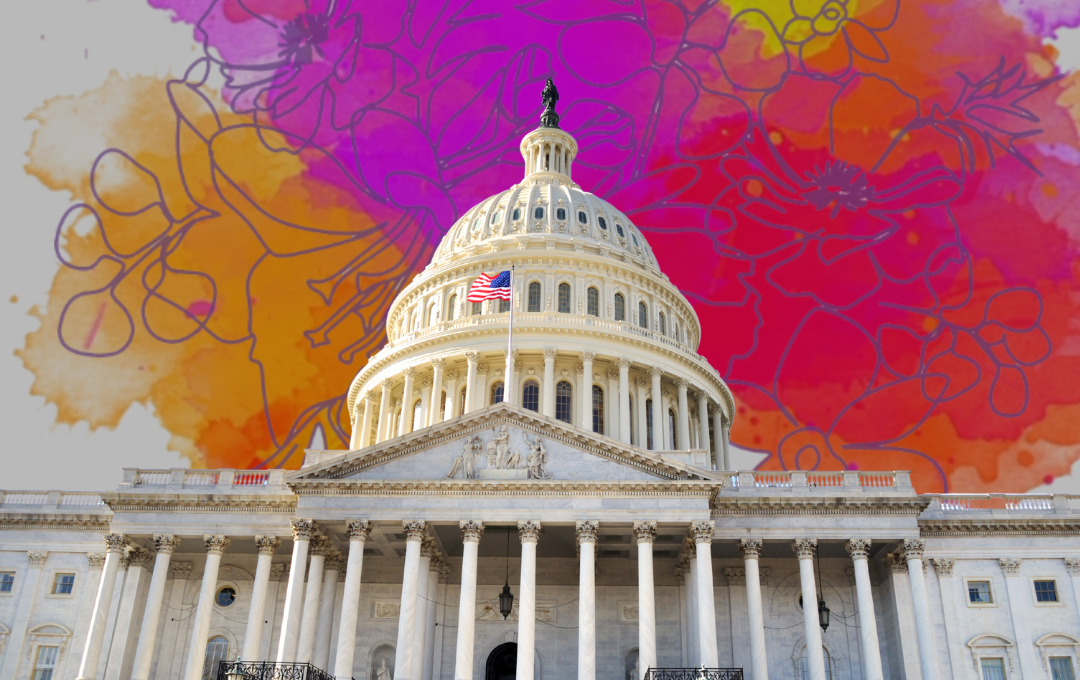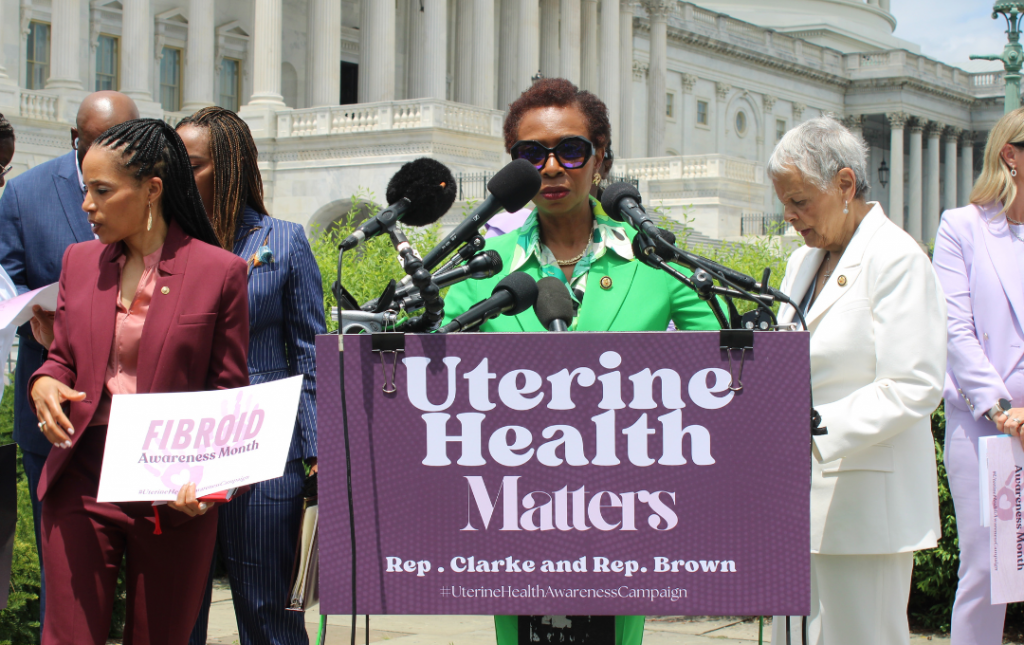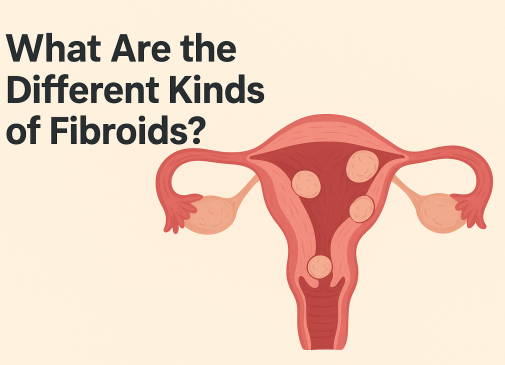
For millions of American women, uterine fibroids present a significant health challenge, often leading to chronic pain, heavy bleeding, and fertility struggles. With an estimated twenty‑six million U.S. women between the ages of 15 and 50 experiencing fibroids, and about half of them suffering from severe symptoms, the need for increased awareness and improved care is undeniable.
This burden is particularly acute for Black women, who tend to develop fibroids earlier, experience faster-growing tumors, and face more severe symptoms than other racial groups. Historically, federal support for uterine fibroid research and public education has been limited, but the landscape is beginning to change.
This update details the latest federal and state legislative efforts aimed at addressing this pervasive health issue in 2025.

Federal Legislative Efforts: An Overview
A significant piece of federal legislation addressing uterine fibroids is the Stephanie Tubbs Jones Uterine Fibroid Research and Education Act (H.R. 4572). This bill, championed by Representative Yvette D. Clarke of New York, has a history of reintroduction in various Congresses. While earlier versions date back as far as 2021, the most recent iteration, H.R. 4572, was introduced in 2023.
As of 2025, this bill remains in the legislative process, currently waiting for its first committee hearing after being referred to the Subcommittee on Health in July 2023. If enacted, the bill would allocate thirty million dollars a year for the National Institutes of Health studies, establish a Centers for Disease Control and Prevention education campaign, improve Medicaid data collection, and provide health‑care professionals updated guidance on diagnosis and treatment.

A new bill focused on uterine fibroids has been introduced in the current 119th Congress: H.Res.579, “Supporting the designation of July as Uterine Fibroids Awareness Month”, introduced by Representative Clarke. This resolution encourages the President to issue a proclamation recognizing July as Uterine Fibroids Awareness Month, with the goal of promoting education and awareness about uterine fibroids.
Expanding Federal Scope: The U-FIGHT and HER Acts
Representative Shontel Brown (D-OH), with support from Senator Angela Alsobrooks, reintroduced the Uterine Fibroid Intervention and Gynecological Health and Treatment Act, or U-FIGHT Act (H.R. 8247), on July 15, 2025. The bill supports state-level programs for early detection, patient navigation, and research on pain control and related conditions such as Asherman syndrome.
In June 2025, Brown introduced the Health and Endocrine Research on Personal Care Products for Women Act (H.R. 3749), known as the HER Act. It targets chemicals in hair relaxers, tampons, wipes, and similar products that may disrupt hormones or raise fibroid risk and would fund research and a public awareness campaign on safer alternatives.
A Decades-Long Push for Federal Action: The Evolution of Fibroid Legislation
The legislative journey to secure federal support for uterine fibroid research and education stretches back decades, with dedicated advocates consistently pushing for recognition of this pervasive women’s health issue. The Stephanie Tubbs Jones Uterine Fibroid Research and Education Act itself is a testament to this enduring effort.
Originally championed by the late Congresswoman Stephanie Tubbs Jones (D-OH) in the early 2000s, the bill’s foundational goals – increased research funding, public education, and improved data collection – have remained central. After her passing, Representative Yvette D. Clarke of New York took up the mantle, reintroducing the legislation in successive Congresses. This consistent reintroduction, while a necessary procedural step in each new two-year congressional cycle, underscores the persistent advocacy required to keep fibroids on the legislative agenda.
Beyond specific bills, public awareness campaigns have also played a crucial role. The repeated recognition of July as Uterine Fibroid Awareness Month through various resolutions and proclamations has helped elevate the conversation in the public sphere, complementing the legislative push. These efforts collectively aim for better scientific evidence, comprehensive public and professional education, and the expansion of safer, more effective treatment options for the millions affected by uterine fibroids.
Why Do Uterine Condition Research Bills Matter?
Fibroids carry an economic price tag that analysts put anywhere from six to thirty‑four billion dollars a year, much of it tied to surgery, hospital stays, and lost work time. Yet many patients wait years for a correct diagnosis because heavy periods are brushed off as normal. When endometriosis, adenomyosis, or polyps blur the picture, finding the real cause becomes even harder.
Chemical exposures add another layer. Studies in the Black Women’s Health Study and other cohorts link frequent use of hair relaxers that contain phthalates or formaldehyde to a higher likelihood of fibroids and other reproductive problems. That science drove advocacy for the HER Act and for state bans on certain ingredients in menstrual products.
Keeping Fibroids in the Legislative Eye
Legislation can be slow, but awareness grows every time someone talks openly about fibroids. Sharing accurate information with friends, family, or social‑media circles helps counter myths and reminds people that heavy periods and pelvic pain deserve medical attention. If you have a platform, whether it is a community group, a classroom, or a kitchen table, consider using it to bring fibroid stories to light.







